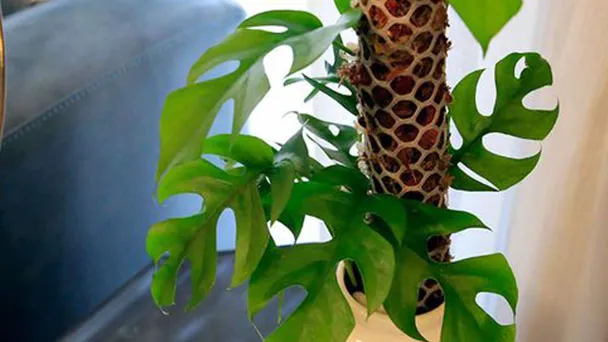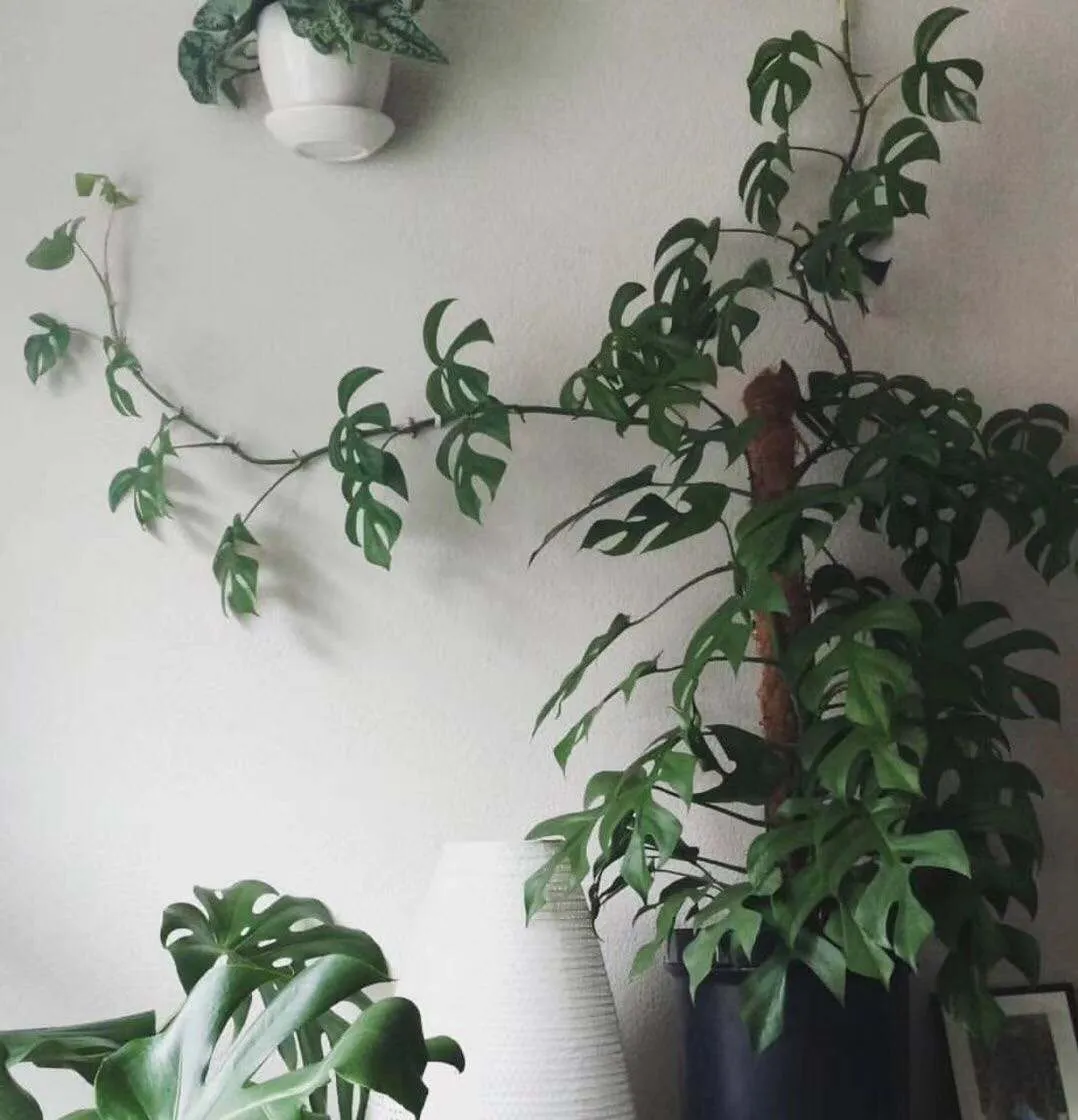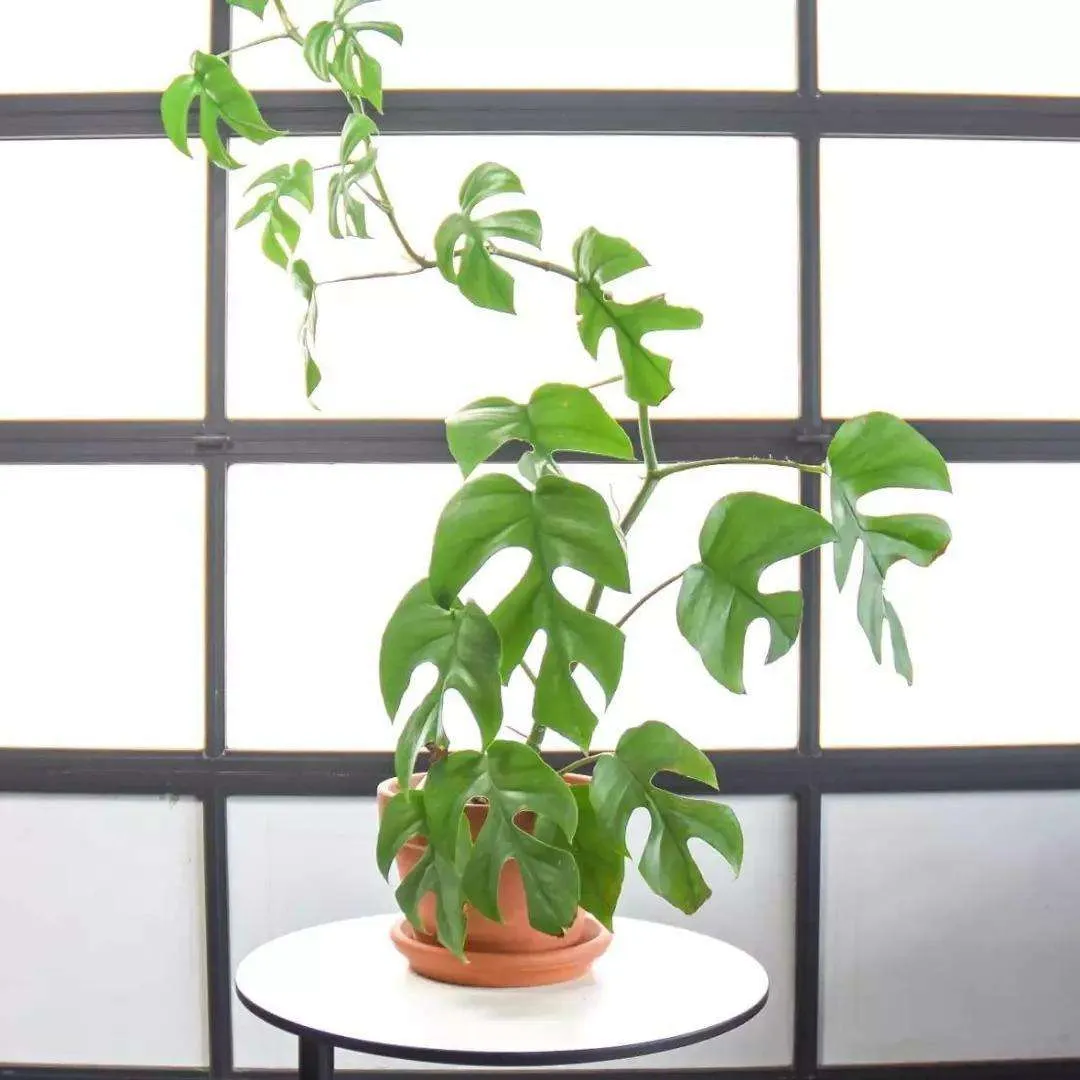How To Propagate Rhaphidophora Tetrasperma?
Written by Ivy
Dec 28 2021

We can propagate Rhaphidophora tetrasperma in water and though Rhaphidophora tetrasperm seeds. Among them, sowing propagation is to take out the seeds of rhaphidophora tetrasperma after they are mature, soak them in warm water for 10 hours to promote germination, sow them into the soil by on-demand method, and then cover a layer of film. Cutting is to cut branches with a length of about 20-25cm in spring and autumn, trim the bottom leaves and insert them into the matrix. Rhaphidophora tetrasperma ramet is to cut off the side branches next to the mother plant in summer and autumn and plant it. Let's look at the specific steps of propagating rhaphidophora tetrasperma.
Then we can cut off all the fibrous roots around rhaphidophora tetrasperma, and do not cut off the main root in the middle. Then soak the root of rhaphidophora tetrasperma with very dilute potassium permanganate solution for about 10 minutes to disinfect its root.
Read More:
How To Water Rhaphidophora Tetrasperma?
Read More:
How Much Light Does Rhaphidophora Tetrasperma Need
Read More:
How To Save My Rhaphidophora Tetrasperma Root Rot?
It takes 15 months from pollination to ripening of rhaphidophora tetrasperma seeds, and it takes a long time to wait patiently. In the stage of seed development, pay attention to ensure good ventilation, strengthen water and fertilizer management, and promote fruiting and plumpness.
After sowing, the temperature shall be controlled at 20 ~ 25 ℃, covered with a layer of plastic film and maintained at a humidity of more than 80%. It can germinate in 20 ~ 25 days. After rhaphidophora tetrasperma grows leaflets, it can be planted in pots.
Propagating Rhaphidophora Tetrasperma By Cuttings
We can select the current year side branches with full stems and strong growth, with a length of 20 ~ 25 cm. Cut off the basal leaves, retain the upper leaflets, trim the air roots, and retain the shorter part, which is conducive to absorbing water and promoting hair roots. The soil for cutting shall be mixed with coarse sand, peat or rotten leaf soil. Insert the prepared branches into the soil, control the temperature at 25 ~ 27 ℃ and high air humidity, and take root 1 month after planting. After cutting and rooting, axillary buds on stem nodes begin to sprout. At this time, we should strengthen maintenance. In order to promote the growth of seedlings, keep the room temperature at 10 ℃ and strengthen the management of water and fertilizer.
Can You Propagate Rhaphidophora Tetrasperma in Water?
- Select Suitable Plants
Then we can cut off all the fibrous roots around rhaphidophora tetrasperma, and do not cut off the main root in the middle. Then soak the root of rhaphidophora tetrasperma with very dilute potassium permanganate solution for about 10 minutes to disinfect its root.

- Roots are Immersed in Two-Thirds of the Water
Read More:
How To Water Rhaphidophora Tetrasperma?
- Spray Water on the Blades
- Astigmatism Curing is the Most Suitable
Read More:
How Much Light Does Rhaphidophora Tetrasperma Need
- Change the Water Regularly to Avoid Root Rot
Read More:
How To Save My Rhaphidophora Tetrasperma Root Rot?
Propagating Rhaphidophora Tetrasperma By Seeds
Rhaphidophora tetrasperma blooms in summer and bears seeds after flowering. If we want to propagate rhaphidophora tetrasperma by sowing, the seeds should be collected by ourselves. When flowering every year, artificial pollination: pollination twice at 9 ~ 10 a.m. and 3 ~ 4 p.m. this method has a high success rate.It takes 15 months from pollination to ripening of rhaphidophora tetrasperma seeds, and it takes a long time to wait patiently. In the stage of seed development, pay attention to ensure good ventilation, strengthen water and fertilizer management, and promote fruiting and plumpness.

- Seed Soaking Disinfection
- Sow
After sowing, the temperature shall be controlled at 20 ~ 25 ℃, covered with a layer of plastic film and maintained at a humidity of more than 80%. It can germinate in 20 ~ 25 days. After rhaphidophora tetrasperma grows leaflets, it can be planted in pots.
Propagating Rhaphidophora Tetrasperma By Cuttings
- Time Choose
We can select the current year side branches with full stems and strong growth, with a length of 20 ~ 25 cm. Cut off the basal leaves, retain the upper leaflets, trim the air roots, and retain the shorter part, which is conducive to absorbing water and promoting hair roots. The soil for cutting shall be mixed with coarse sand, peat or rotten leaf soil. Insert the prepared branches into the soil, control the temperature at 25 ~ 27 ℃ and high air humidity, and take root 1 month after planting. After cutting and rooting, axillary buds on stem nodes begin to sprout. At this time, we should strengthen maintenance. In order to promote the growth of seedlings, keep the room temperature at 10 ℃ and strengthen the management of water and fertilizer.
Latest Updated
- Benefits of Bugleweed - 7 Science-backed Health Benefits
- Bugleweed Dangers & Side Effects - Is It Poisonous?
- How to Plant Evergreen Trees - What You Should Know
- When to Plant Evergreens - Grow Guide for Evergreen Trees
- 12 Wonderful Evergreen Shrubs for Your Garden
- 12 Popular Evergreen Plants with Pictures for Beginners
- When And How To Prune A Lilac Bush Like a Pro
- How to Grow & Care for Lilac Vine (Hardenbergia Violacea)
- Japanese Lilac Tree (Syringa Reticulata) Care & Propagation Guide
- Shumard Oak Pros and Cons - What to Know
Popular Articles
- Winter maintenance of Antirrhinum Majus
- How to Grow Terminalia Mantaly Tree
- How to Grow and Care for Crossostephium Chinense
- How to grow Antirrhinum Majus in spring
- Peristeria Elata (Dove Orchid) Profile: Info & Care Guide
- Underwatered Snake Plant (Sansevieria Trifasciata) - Signs And How To Fix
- How to Care for Brazilian Jasmine Plant (Mandevilla Sanderi)
- How to Grow & Care for Graptopetalum Purple Delight in Summer
- Rosa Chinensis (China Rose): Plant Growing & Care Tips
- How to Care for Baby Sun Rose (Aptenia Cordifolia)